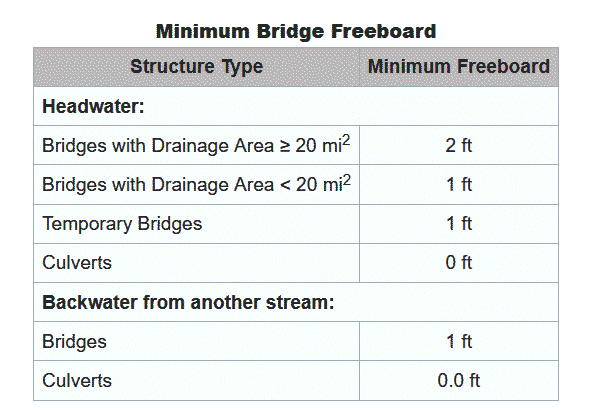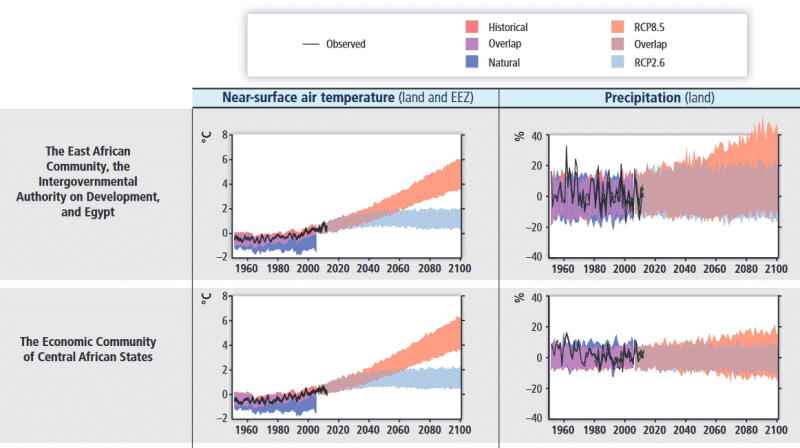GreenySuz
Civil/Environmental
- Nov 19, 2021
- 6
I need to incorporate climate change into my peak flow calculations when modelling a river to determine the height of a bridge. Are there any practical and exact guidelines as to how it is normally done? Additionally the site is in Africa (data is limited), some specialists increase the freeboard by 0.5 meters but I have not find a specific guideline method to do this.


